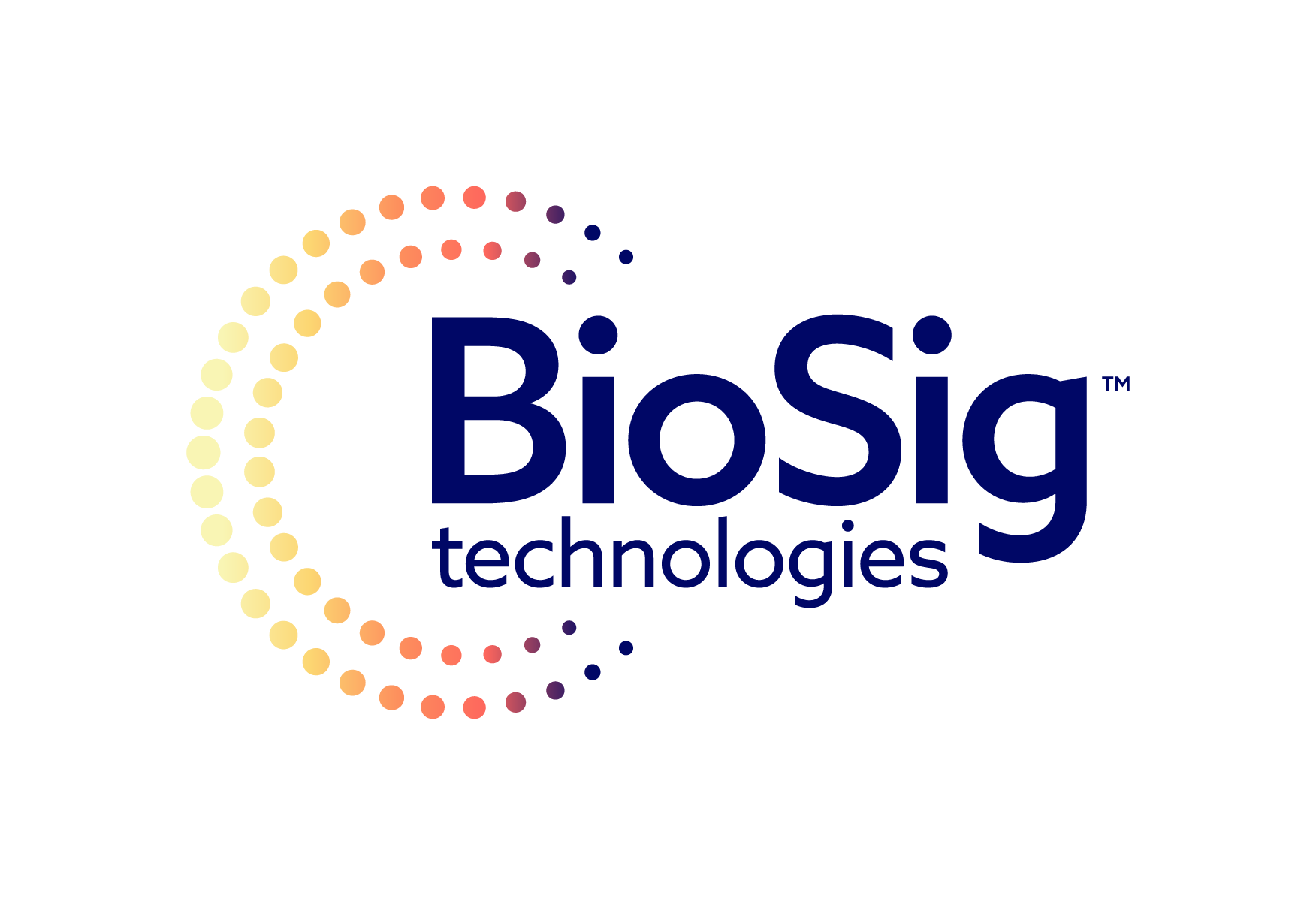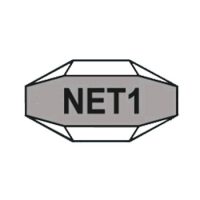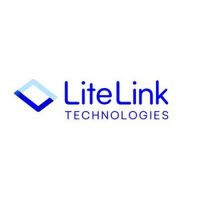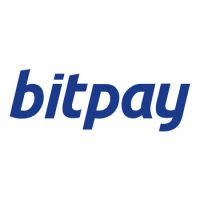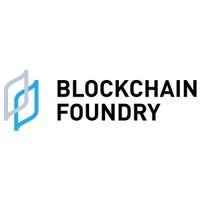Blockchain
Utopia Avatars launches its genesis collection innovating and disrupting notions of access and utility using web-3 Technology

The Group founded by Alejandro Saez, Maria Bravo and Javier Garcia together with their advisory board Randi Zuckerberg, Pepe Bastón, Deepak Chopra, Eva Longoria, Faze Banks, Desiree Ansari & Maha Abouelenein, have announced the launch of its first collection of NFTs, or Utility Based Tokens (UBT) as they called it; Utopia Avatars. The collection offers through this vertical a very complete proposal based on tangible utilities, metaverse, community treasury linked to IRL (In Real Life) businesses, artists providing utilities that bridge the gap between the physical and digital worlds and a clear vision of giving back as a way of growing.
Utopia Avatars will have 9,922 NFTs minted on the Ethereum blockchain and designed by hand from an incredible 3D design team transmitting the values of diversity and inclusion through the Utopians, their citizens. In addition, it will provide added value to the holders who, through acquiring these avatars, will have access to multiple utilities beyond the art. It is worth highlighting the tangibility of many of them in real life and the day-to-day of those who possess them and therefore enjoy them. Utopia Avatars’ value proposition focuses on offering its holders an experience or utilities based on physical and digital spaces on a product that builds with the community and for the long term.
Collaboration with leading artists in Europe and the U.S.
One of the great novelties of this collection is the exclusive stamp provided by two of the artists of the moment on a select number of avatars. The best-selling contemporary French artist of the world, Richard Orlinski, and Ganga Tattoo, one of the most famous tattoo artists nowadays, considered a genius for the realism of his sophisticated tattoos and known for tattooing celebrities such as Lebron James, Chris Brown, Nicky Jam or Drake.
The founders of this project came together to build innovative initiatives and acquire philanthropic commitments, trusting in the power of Web3 and the blockchain to innovate and give rise to the creation of communities that make up an ethical and sustainable ecosystem. The development of this community will be based on the values of transparency, innovation, and philanthropy.
Utopia Avatars is sharing the mission and vision of Global Gift Foundation being on their side every step of the way, with the aim of becoming a game changer, turning hope into a reality and channeling its energy to achieve a sustained social impact, where the success of their business is measured not only by its results, but also by the ability to do good and as the Utopians say: Make It Possible.
María Bravo “The possibilities are endless; we hope to create one of the most powerful communities in the world where traceability and trust reign, connecting philanthropists, brands, and companies that use the power of the blockchain to create awareness in order to build a world more ethical and responsible with our partners in real life businesses, a community with a great passion for spreading kindness and compassion where it is needed most.”
Utopia Avatars will consist of a collection of 3D art tokens available to the metaverse with the vision of establishing bridges between the digital “world” and “the” physical world, which will allow offering a more complete and tangible level of utilities; in addition to lifetime features that will be revealed as the project is launched.
As Nino Saez, Co-founder of Utopia Avatars, explains ” We truly believe in doing good and empowering a space that is here to make our lives better. Web-3 is a natural evolution, and we are founding Utopia Avatars to learn, share and build together as a community. This is just the beginning, the only limit is our imagination; and all of the team forces already united together with a community about to launch and a great ecosystem with several tech awards already; can surely make our vision and mission possible.”
Having in mind that Utopia avatars project has led a financing round of more than 10 million dollars just focused on building long-term utility for its holders, this is definitely a strong and key message than being backed by a VC is a sign of long – term commitment and vision.
Another of the peculiarities of the Utopia Avatars collection is the interoperability that each of them will have the opportunity to be part of other metaverses in which the Group is involved such as the well-being area designed by Deepak Chopra, a Gaming Area, Education, Live Events, Shopping and more innovative surprises.
The first Utopia Avatars collection includes pioneer technology to enhance utilities that connect the virtual world with the digital one.
An exclusive community
The community will have direct access to community treasury and merchandising featuring special artist collaborations, as well as an annual invite to a Utopia Avatars Event IRL.
Unlimited access to metaverse “Moments and Memories”
Each holder of Utopia Avatars will obtain all the rights to have unlimited access to the metaverse, visit its different areas, make a purchase at the Utopia Store, enjoy a concert in the Live Show area, a talk in the Education area, watch a movie at their own Digital Space or play with other users in the Gaming area.
Each holder will receive their Digital Space for free through an Airdrop, which will function as the personalized repository for all the content and assets they acquire in the metaverse.
Thanks to our own technology “Moments & Memories” each and every one of the contents and experiences that come together in the metaverse will have preferential access live (Moments) and will also be stored and available to be enjoyed on demand in an unlimited way as (Memories), exclusively for holders. This technology will also allow each physical asset that the holder acquires to generate a virtual Real Digital Token (RDT) that will be available to be used in the metaverse.
Real utilities from Ganga Tattoo and Richard Orlinski
Once the reveal is done, holders who have an Orlinski variant or trait in their avatar (2000 in total) from which 1901 will receive a Digigraphie created and signed by the artist shipped home, they will acquire the IP rights and they will have two invitations to IRL events in their galleries. A special selection of 101 holders will also receive a 19cm Red Gorilla sculpture at their houses.
In the same way, those holders who obtain one Utopia Avatar designed by Ganga Tattoo (1.020 in total) will be able to get a free special Utopia tattoo (this utility affects the 9922 total supply), 150 of them will receive an exclusive Nomad sculpture in their homes, 20 of them will be able to access a completely free tattoo per year and only one of them will be able to access the complete No Pain Tattoo experience.
The Web-3 “NFT” community Utopiaavatars thus receives a boost that will allow them to focus their efforts on its launch this February and strongly burst into the market with a real, high-quality proposal, thinking of the user that moreover will count with an innovative and unique way to build a Web-3 project with a clear long term vision to boost its possibilities and show full confidence in the development of the technology and the communities.
Mai Touma, [email protected], 00971557684150
SOURCE Utopia Avatars
Blockchain
BioSig Technologies, Inc. Signs Definitive Share Exchange Agreement with Streamex Exchange Corp. to Launch First-Mover Real-World Asset (RWA) Tokenization Company Bringing Commodity Markets On-Chain.
Blockchain
From Onboarding to Settlement in Minutes: TransFi Launches BizPay to Redefine Global Business Payments

TransFi
Blockchain
Blocks & Headlines: Today in Blockchain – May 22, 2025
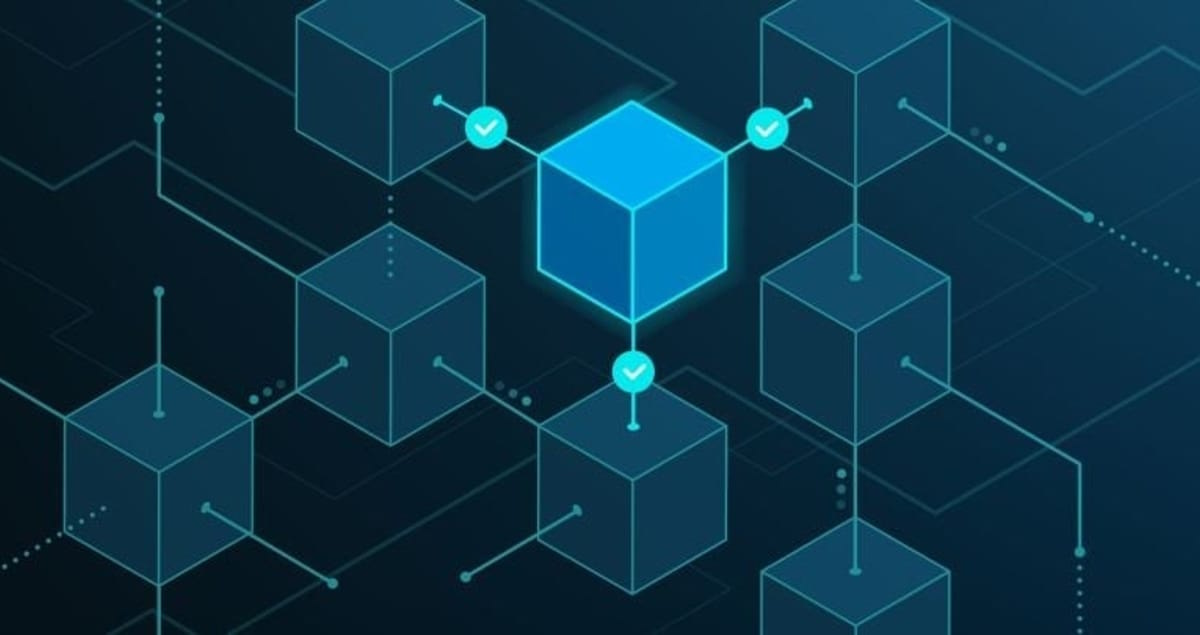
The blockchain universe never sleeps. From pioneering cross-border payment systems in Central America to city-wide crypto strategies in New York City, today’s headlines reveal an industry maturing at breakneck speed. In this edition of Blocks & Headlines, we explore five landmark developments:
-
Guatemala’s Banco Industrial integrates blockchain for seamless cross-border remittances.
-
NYC Mayor’s Office unveils a comprehensive crypto and blockchain roadmap.
-
OSR Holdings, BCM Europe & Taekwondo Cooperative sign an MOU to launch the OSRH token.
-
Bybit’s “Chicken Trader” livestream—crypto meets poultry in the world’s first poultry-powered trading showdown.
-
FIFA taps Avalanche to build a dedicated blockchain for its NFT platform.
These stories underscore three key trends reshaping the ecosystem:
-
Institutional Adoption & Regulation: From national banks to municipal governments, legacy institutions are embracing decentralized technologies.
-
Tokenization & Community Engagement: Strategic partnerships are launching specialized tokens that bridge niche communities with global markets.
-
Innovative Use Cases: Whether gaming, entertainment, or live-stream events, blockchain’s versatility spawns ever-more creative applications.
Join us as we unpack the implications, weigh the opportunities, and forecast where these trajectories might lead.
1. Guatemala’s Largest Bank Integrates Blockchain for Cross-Border Payments
What Happened
Guatemala’s Banco Industrial, the country’s biggest financial institution, announced the deployment of a private‐permissioned blockchain network to streamline remittances from the U.S. into Guatemala City and beyond. The solution reduces settlement times from days to minutes, cuts fees by up to 60 %, and offers real-time traceability for senders and receivers.
Source: Cointelegraph
Analysis & Commentary
-
Financial Inclusion Boost: Remittances account for over 12 % of Guatemala’s GDP. By minimizing friction and cost, blockchain integration will extend financial services to remote communities reliant on diaspora funds.
-
Risk & Compliance: Permissioned networks allow Banco Industrial to retain AML/KYC controls, mitigating concerns around illicit flows. This hybrid approach demonstrates that enterprise blockchain can balance decentralization with regulatory rigor.
-
Regional Ripple Effects: Neighboring Central American banks are watching closely. Should Guatemala’s pilot succeed, we can expect a domino effect across El Salvador, Honduras, and Costa Rica—each seeking to capitalize on faster, cheaper cross-border rails.
Implications
Legacy banks worldwide should view this as a blueprint: private blockchains can coexist with existing compliance frameworks while delivering transformative user benefits. Early movers will capture remittance market share and cultivate fintech partnerships across the Latin American corridor.
2. NYC Mayor Unveils Ambitious Crypto & Blockchain Agenda
What Happened
New York City Mayor Eric Adams detailed his administration’s multi-pronged strategy to make NYC a global crypto hub. Key initiatives include:
-
A regulatory sandbox for crypto startups to pilot DeFi, NFTs, and token-based fundraising under city supervision.
-
Partnerships with CUNY and Columbia University for blockchain research and talent development.
-
Deployment of a blockchain-based public record system for land titles and business registrations.
Source: GovTech
Analysis & Commentary
-
Regulatory Harmony vs. Overreach: By offering a controlled sandbox rather than blanket deregulation, NYC signals a nuanced stance—encouraging innovation without sacrificing consumer protection.
-
Talent Pipeline: Academic partnerships aim to remedy the talent shortage plaguing blockchain firms. Local graduates trained in distributed ledger technologies (DLT) will feed startups, financial institutions, and government agencies.
-
Public Services on Chain: Land registries and business filings on blockchain promise greater transparency and fraud reduction. If scaled effectively, NYC could set a global standard for government-blockchain integration.
Implications
Other major cities—London, Singapore, Dubai—will feel pressure to match NYC’s playbook. Municipal leaders should prioritize sandbox frameworks and academia-industry liaisons to nurture homegrown crypto ecosystems.
3. OSR Holdings, BCM Europe & Taekwondo Cooperative Launch OSRH Token
What Happened
OSR Holdings, BCM Europe, and the Taekwondo Cooperative signed a strategic Memorandum of Understanding to co-develop the OSRH token, a blockchain-based digital asset aimed at supporting global Taekwondo practitioners. Features include:
-
Membership Rewards: Tokens earned through event participation, coaching certifications, and tournament wins.
-
Decentralized Governance: Athletes vote on sponsorship allocations and rule-change proposals via on-chain ballots.
-
Marketplace Integration: A dedicated NFT marketplace for Taekwondo memorabilia, from digital belts to highlight reels.
Source: PR Newswire
Analysis & Commentary
-
Niche Tokenization: OSRH token exemplifies the power of community-focused tokens. By aligning incentives with passion points—training, competition, governance—stakeholders gain ownership and engagement.
-
Governance Innovation: Athlete-driven decision-making on sponsorship and funding disrupts top-down federation models. This could democratize sports governance across disciplines.
-
Commercial Ecosystem: The NFT marketplace offers monetization channels for athletes and federations alike. Strategic royalties on secondary sales ensure sustainable funding.
Implications
Other sports federations and niche communities should explore token models that blend rewards, governance, and commerce. Successful launches will hinge on clear utility, user education, and regulatory compliance in key jurisdictions.
4. Bybit Presents “Chicken Trader”: The World’s First Poultry-Powered Trading Showdown
What Happened
Cryptocurrency exchange Bybit debuted “Chicken Trader,” a live-streamed event where two contestants trade crypto pairs—and manage live chickens—to earn “Egg Points.” Viewers can stake on their favorite trader, earning NFTs and token rewards based on performance.
Source: PR Newswire
Analysis & Commentary
-
Gamification Meets DeFi: Chicken Trader’s fusion of live-stream engagement, staking mechanics, and NFTs exemplifies Web3’s playful ethos—turning trading into interactive entertainment.
-
User Acquisition Strategy: Bybit gamified acquisition funnels, leveraging viral social content to onboard nontraditional crypto audiences intrigued by the novelty factor.
-
Regulatory Tightrope: Combining staking with competition and livestock raises jurisdictional questions around gambling, securities, and animal welfare. Bybit must navigate diverse regulations to scale globally.
Implications
Other exchanges will replicate gamified formats to differentiate UX and grow communities. Yet long-term viability demands balancing flashy live-events with rigorous compliance, sustainable tokenomics, and authentic value for participants.
5. FIFA Taps Avalanche to Power Its NFT Platform
What Happened
Global soccer body FIFA selected the Avalanche blockchain to launch its official NFT marketplace, featuring digital collectibles—from World Cup highlights to player-card packs. Avalanche’s high throughput and low fees were cited as decisive factors.
Source: TradingView (via Cointelegraph)
Analysis & Commentary
-
Scalability & Sustainability: Avalanche’s consensus mechanism delivers sub-second finality and carbon-offset commitments, aligning with FIFA’s environmental pledges.
-
Fan Engagement: Tokenized highlights and limited-edition digital memorabilia expand revenue streams beyond broadcast rights, offering fans verifiable ownership and collectible provenance.
-
Interoperability: Avalanche’s growing DeFi ecosystem enables future integrations—staking fan tokens, launching prediction-market games, or embedding NFT rewards in FIFA’s mobile apps.
Implications
Major sports leagues and entertainment brands eyeing NFT forays will scrutinize Avalanche’s performance under FIFA’s global load. Blockchain platforms must prove they can handle spikes during marquee events—kickoff times, finals, transfer windows—while preserving UX and sustainability goals.
Conclusion
Today’s Blocks & Headlines illustrate blockchain’s multifaceted evolution:
-
Legacy institutions like banks and city governments are unlocking new efficiencies and transparency through private and public DLT networks.
-
Community-driven tokens are redefining governance and monetization in sports and niche domains.
-
Innovative engagement—from poultry-fueled trading spectacles to global soccer NFTs—demonstrates blockchain’s capacity for gamification, fan loyalty, and novel revenue models.
Yet with opportunity comes responsibility: scalable architectures must coexist with robust compliance; token economies require thoughtful design to sustain value; and regulators, academia, and industry must collaborate to craft frameworks that balance innovation with consumer protection.
As blockchain weaves deeper into finance, governance, entertainment, and sports, stakeholders who embrace strategic partnerships, prioritize user education, and invest in resilient infrastructures will lead the charge into Web3’s next frontier.
The post Blocks & Headlines: Today in Blockchain – May 22, 2025 appeared first on News, Events, Advertising Options.
-

 Blockchain Press Releases6 days ago
Blockchain Press Releases6 days agoCoinW Unveils Industry-First Futures Protection Program:Instant Refunds Designed to Safeguard Traders
-

 Blockchain Press Releases3 days ago
Blockchain Press Releases3 days agoCM Global Services (CMGS) Secures Exclusive Multi-Year Logistics & Procurement Partnerships with Compass Mining and NovoMod
-

 Blockchain Press Releases3 days ago
Blockchain Press Releases3 days agoOnRe, Backed by Ethena, Solana Ventures, and RockawayX Launches Structured Yield Product Combining Real-World Stability and On-Chain Upside
-

 Blockchain5 days ago
Blockchain5 days agoBlocks & Headlines: Today in Blockchain – May 19, 2025 | DoubleZero, Toobit, Story Protocol, Marco Polo, Argo Blockchain
-

 Blockchain4 days ago
Blockchain4 days agoVanEck Prepares to Launch PurposeBuilt Fund to Invest in Real-World Applications on Avalanche
-

 Blockchain Press Releases5 days ago
Blockchain Press Releases5 days agoHTX Unveils Finalists for $6M Mars Program Special Edition, Space Journey Selection Enters Final Phase
-

 Blockchain Press Releases5 days ago
Blockchain Press Releases5 days agoHTX Launches Multi-Assets Collateral Mode for USDT-Margined Futures, Empowering Traders With Enhanced Capital Efficiency
-

 Blockchain Press Releases4 days ago
Blockchain Press Releases4 days agoHTX Executives Go Face-to-Face: Justin Sun & Molly Dive Into Market Strategy, Space Visions, and More Opportunities
















